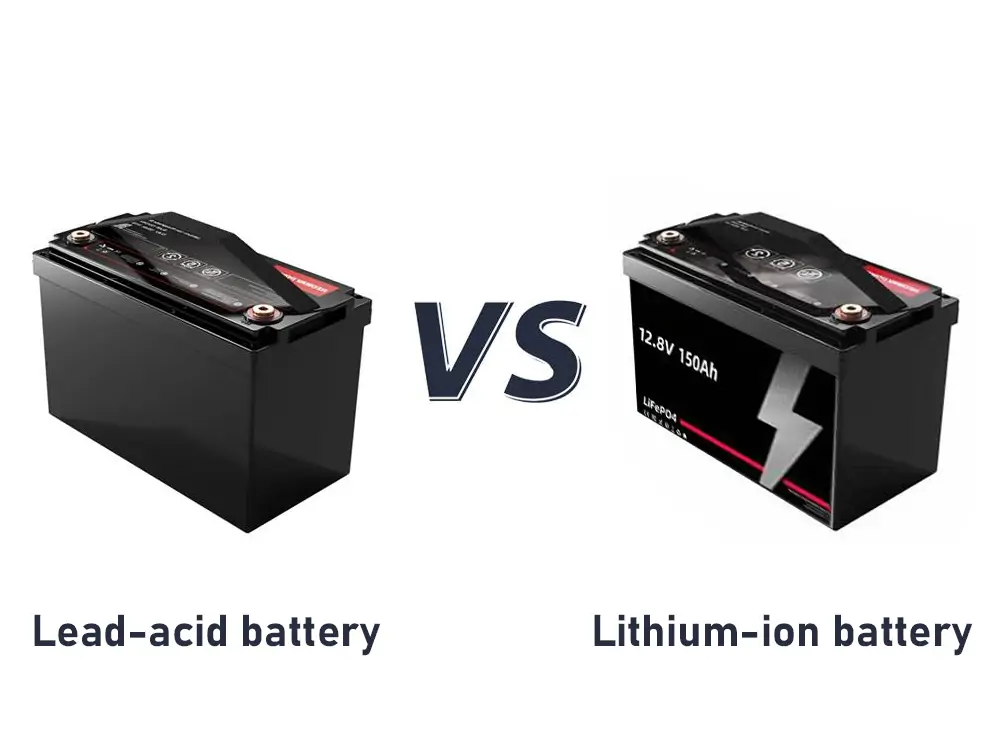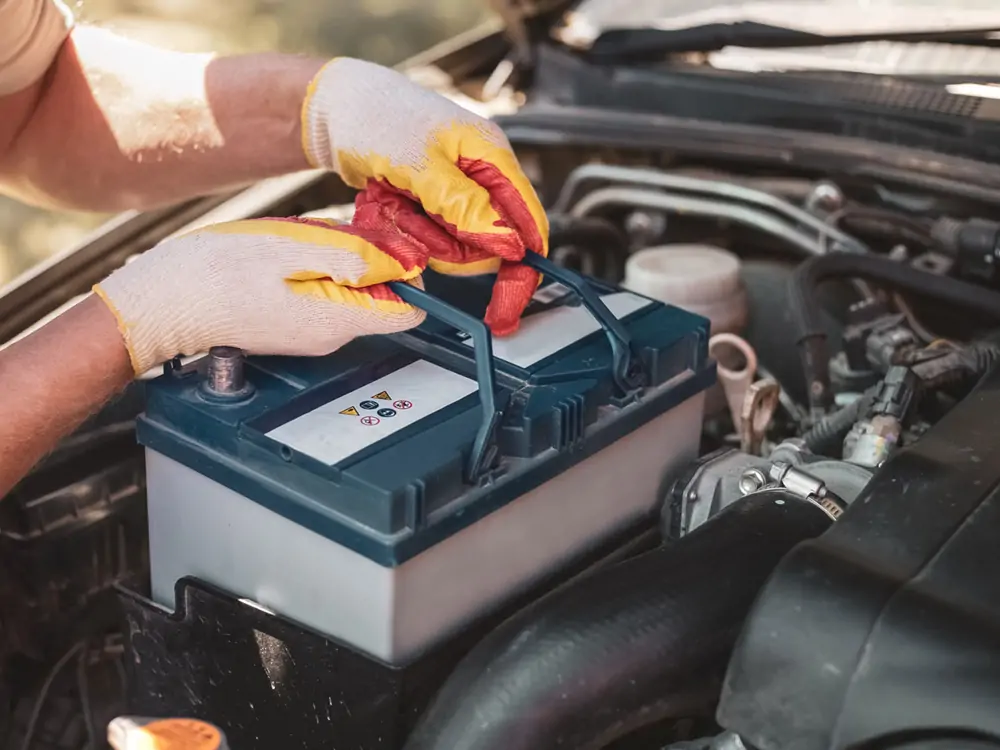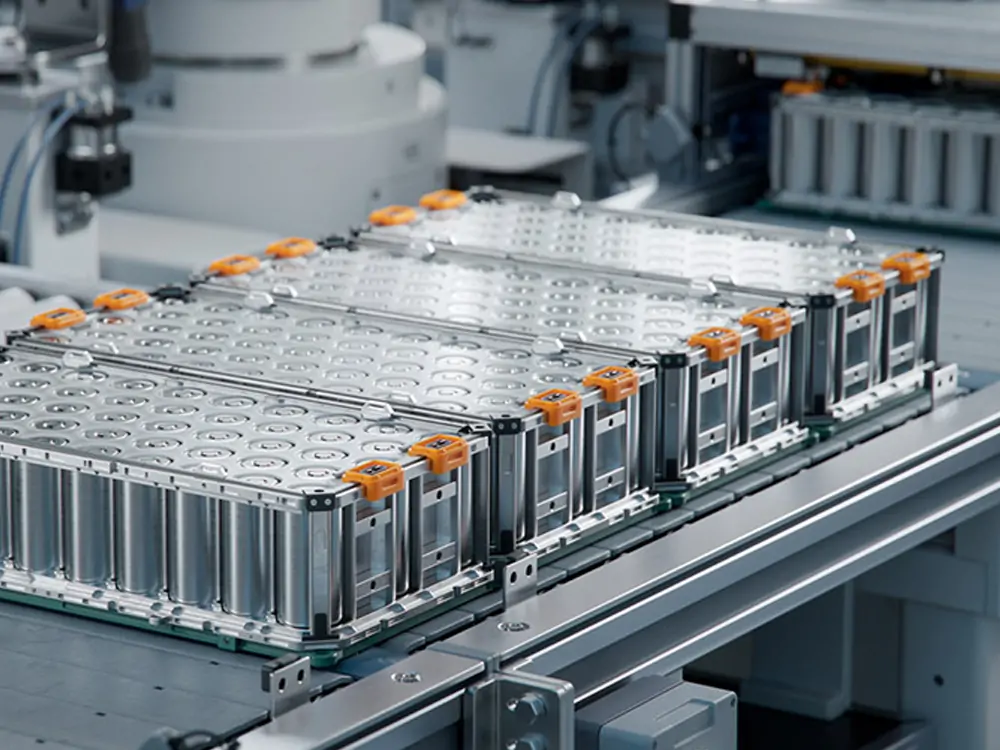Batteries have become a necessity in modern life. From small gadgets to big vehicles, everything relies on them. Different types of batteries are available. Some believe that lead-acid batteries are a superior option. They do have logic to support their claims. However, the majority consider lithium-ion batteries an ideal choice. Lead acid battery VS lithium ion battery, what are the differences? Which one is better? This debate has been going on for many years now. This article will let you know the truth!
Overview of Lead Acid Battery and Lithium Ion Battery
Both lead-acid and lithium-ion batteries differ in many ways. Their main differences lie in their sizes, capacities, and uses. Lithium-ion batteries belong to the modern age and have more capacity and compactness. On the flip side, lead-acid batteries are a cheaper solution. Lead-acid batteries have been in use for many decades. However, lithium-ion batteries are a newer technology and are more efficient. Before we discuss their other differences, let’s discuss how they are constructed.
Lead-acid batteries contain cells, lead plates, and sulphuric acid as electrolytes. These cells produce the voltages. Some batteries have fewer cells and low voltage, and vice versa. Each cell produces 2 volts, so an eight-cell battery would make 16. They use electrolytes to transfer charges.
The lithium-ion batteries use liquid or gel electrolytes. These substances allow the movement of lithium ions between electrodes and anode.
Remember, these two batteries share many similarities. Both batteries use electrolytes for the moment of ions. Moreover, both batteries are rechargeable. It means you can keep using it by recharging them repeatedly. They vary in many aspects. We’ll explore each of those differences in the upcoming part.
Differences Between Lead Acid Battery and Lithium Ion Battery
There are many differences between these lead-acid and lithium-ion batteries. Understanding these differences will help you make wise buying decisions.

1- Battery Capacity
Battery capacity is the ability of a battery to store energy. In simple words, this indicates how much a battery can run before draining out. Have you noticed mAh written on the battery? That indicates milliampere-hours battery capacity. For example, a battery with 1000 mAh offers 1000 milliamps of charging in an hour.
Lead acid batteries have a very short battery capacity. This means that it will require more frequent charging for proper functionality. On the flip side, lithium-ion batteries offer you an increased battery capacity. They can store electric charges for a very long time. You can use them for up to 85-90% of the charge.
It indicates that lithium batteries won’t require recharging quickly. It will charge your devices many times before getting drained out completely. This feature makes them suitable for this busy routine. Moreover, charging again and again is not ideal for the battery’s life as well. So, lithium batteries are the winner in this aspect.
2- Weight and Size
We all want smartness and compactness, aren’t we? Lithium-ion batteries are better when it comes to compact size and lightweight. They use modern technology, which enhances their performance while keeping their size small. This makes them suitable for smartphones and watches.
Lithium batteries are easy to operate and maintain due to their lightweight. However, their small size and lightweight don’t affect their performance. Despite their small size, these batteries store more energy. On the other hand, lead-acid batteries have a conventional design and are bulky.
Due to their large size, the movement of ions becomes slower, which causes long charging times. You might think their bigger size would store more energy. But that’s not the truth, as their energy storage is slightly low or similar to lithium-ion batteries. So, they are only preferred in vehicles whose large size does not pose any issue.
3- Depth of Discharge (DOD)
Many people don’t understand this factor. It indicates the percentage of the battery’s capacity which has been used. For example, you have a battery with 100 unit capacity. Now, you can use this battery to charge any of your gadgets. During this usage, you consume 40 units. The battery will have 60 units.
Its DOB will be 40% as you use 40 units. Lead-acid batteries have 50% DOB. You’ll have to recharge them after consuming 50% of their capacity. So, these batteries require charging more often than not. This battery will malfunction if you don’t charge after using 50%.
On the flip side, lithium-ion batteries have 80 to 85% DOB. You can consume 80% of the battery’s capacity or energy before recharging, so these batteries require recharging less often. As they require less repeated charging, they have a better life. Remember, repeating charging is not suitable for the batteries’ health.
4- Durability & Longevity
Many people believe lead-acid batteries are durable due to their bigger size. You might be surprised, but these batteries have less longevity. First, as explained above, they have a lower DOB of 50%. Due to this, these batteries undergo recharging frequently, resulting in decreased performance.
Moreover, these batteries have sulphuric acid as their electrolyte. This acid further reduces their longevity and causes wear and tear in the long run. However, lithium-ion batteries are excellent in terms of durability and longevity. They have a DOB above 80%, so they don’t require repeatedly recharging, increasing their life.
You might argue that lithium-ion batteries also have electrolytes. Yes, that’s true, but this electrolyte( lithium salt) is not harmless to internal parts of the battery. Moreover, they are much more resistant to thermal fluctuation. All these factors contribute to their better durability, lifespan, and performance.
5- Safety in the Long Run
Honestly speaking, both of these batteries pose safety issues to some extent. Carelessness and reckless use add petrol to the fire. However, the lead acid batteries more unsafe. Why? There are many reasons for that. First of all, they are thermally sensitive. High temperatures can explode them.
Secondly, they have lower BOD, so they are charged frequently to heat them. Heating deteriorates their quality. They use sulphuric acid, which is another danger. Reckless handling of this electrolyte can also be hazardous. However, lithium batteries offer better safety. They only pose issues when you handle them carelessly.
Quick Highlight: As mentioned above, lithium-ion batteries have a higher DOB. Moreover, they can deal with overcharging issues more effectively and are generally safer. However, it is highly recommended that you use both of these batteries carefully. A slight mistake can have serious consequences.
6- Charging Time
Lithium-ion batteries have less charging time, which means they get fully charged quickly. Their average charging time is one hour. On the flip side, their discharging time is very long. You can use them for an extended duration without charging them. Less charging time and more discharging time make these batteries stand out.
Therefore, it won’t be wrong to say they are more energy-efficient. On the flip side, lead-acid batteries have a very long charging time. They have estimated that the time for charging is up to several hours. That’s why our smartphones and watches use lithium-ion batteries. They can be charged quickly. Lead-acid batteries are used in vehicles.
7- Regular Maintenance
Maintenance is an essential factor that requires time and attention. As discussed above, lead-acid batteries are unsafe, so you must keep them under careful maintenance and check. They use water, so you must periodically ensure a water level balance.
On the flip side, lithium-ion batteries don’t require any maintenance. You have to take care of the battery’s acid with lead-acid batteries. But that’s not an issue with lithium-ion batteries. Buy them and keep using them without checking. They don’t require balanced water for their work, requiring less hassle.
Quick Highlight: The installation process of lead-acid batteries is more complex due to their leaking issues. You’ll have to install them in a specific orientation to ensure their electrolyte doesn’t leak. The lithium-ion batteries are well-sealed and don’t have leaking issues.
8- Cost and Affordability
Cost and affordability are major concerns when purchasing a battery. Lead acid comes with conventional designs. Their production process is relatively simple. The material these batteries use in cathode and anode is also inexpensive and readily available. So all these factors make them cost-friendly.
While lithium-ion batteries are an invention of the modern era, they have complex designs and advanced features. Their production procedure is also not easy. Special tools and expert staff are required. They also need some expensive raw materials, which increases their cost.
Lead Acid Battery VS Lithium Ion Battery: Which One Should You Choose?


Both of the batteries offer unique features. So, their selection depends on your needs. If you have a tight budget, the lead acid batteries are suitable. However, it will have compromised performance. The best option is a lithium-ion battery if you want a long life span, durability, and small size.
Before making any decision, you must undergo a reality check. While lead-acid batteries may sound inexpensive and attract you, they are not ideal in the long run. First, they are less safe and require regular maintenance. Moreover, their battery capacity is also compromised, which is a big drawback. Would you still consider them at a lower price?
On the flip side, lithium-ion batteries have better performance. You can argue about their high pricing. But they are worth every penny. Why? Because they have a high lifespan. Their charging requires less time, and you can use them for a long time. They last longer and discharge slowly.
Above all, they are very safe. They don’t require you to check them regularly. So, would you save some bucks to buy lead-acid batteries? It would be a headache in the long run. Or would you spend some extra to buy a reliable option? The choice is yours.
Frequently Asked Questions
Which battery is best for the long term?
Lithium batteries have a high lifespan. They can last for 3 to 7 years with ease. On the flip side, lead-acid batteries are compromised in terms of durability. They last no more than three years. So, lithium-ion batteries are a suitable option in the long run.
What kills a lead-acid battery?
The lead acid battery has acidic electrolytes. It is made of sulphuric acid which initiates the process of sulphation. This deteriorates the parts of the lead acid battery.
Is the bigger size of lead acid batteries harmful?
Yes, the bigger size requires more space. Their handling, carrying, and installation would be tedious. You might consider their bigger size to carry more energy, which is wrong. Big size has nothing to do with their charging capacity.
Conclusion
The lithium-ion battery a reliable option. It is safer and easier to maintain than lead acid batteries. Their top-notch durability and complex designs justify their high price. However, if you have a tight budget, a lead-acid battery can be your choice.
This article has covered every aspect of both batteries. This indicates that each of both batteries has specific limitations and advantages. You should carefully consider the pros and cons of both. It will make you make wise decisions about these batteries.
